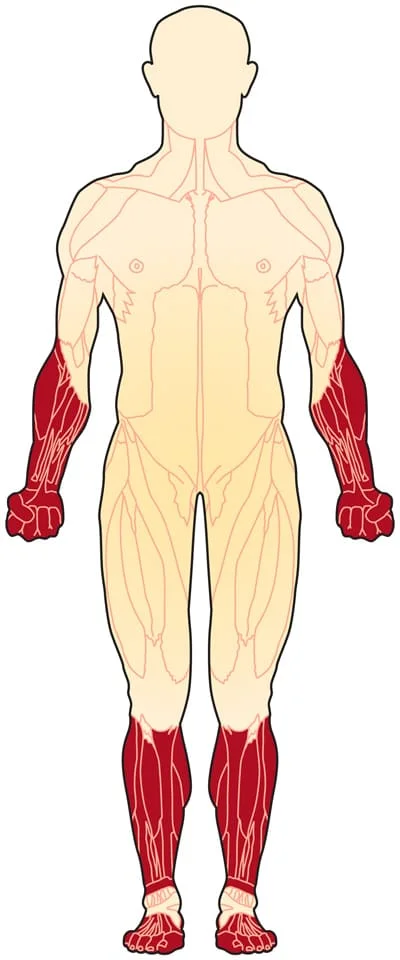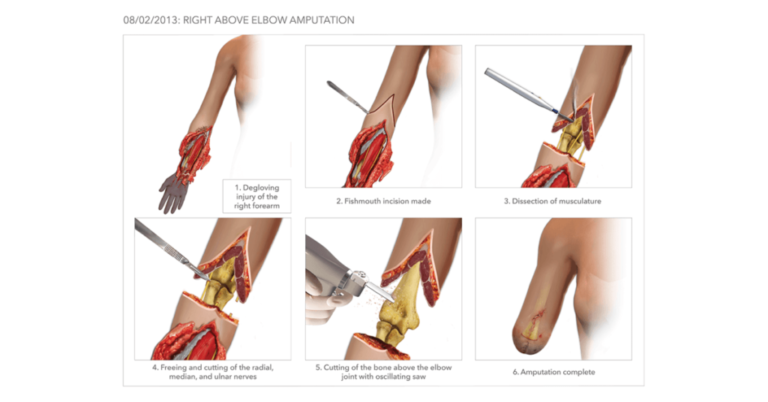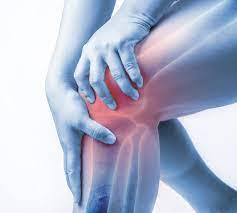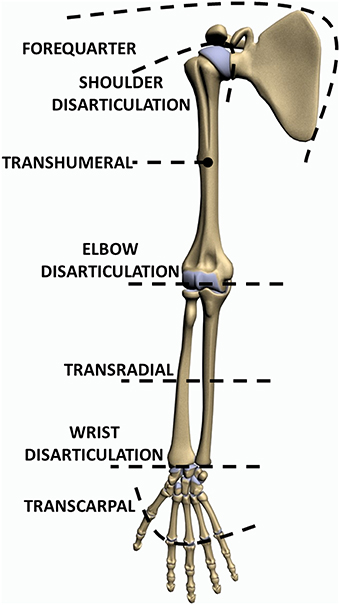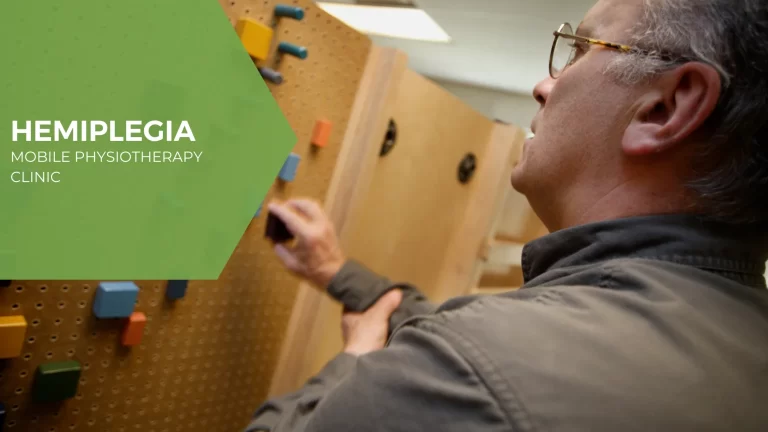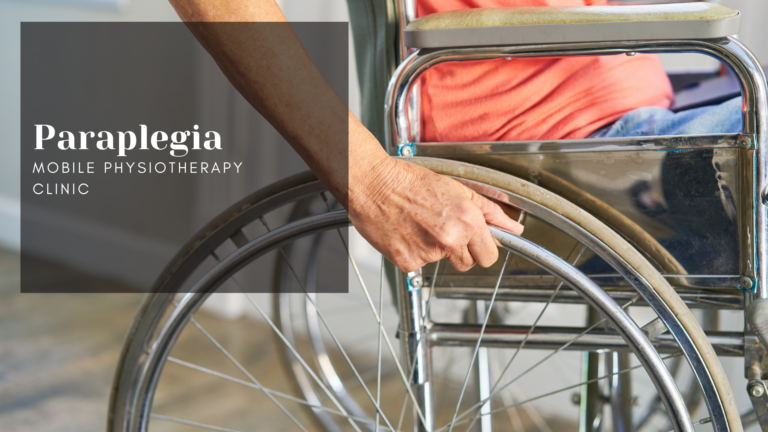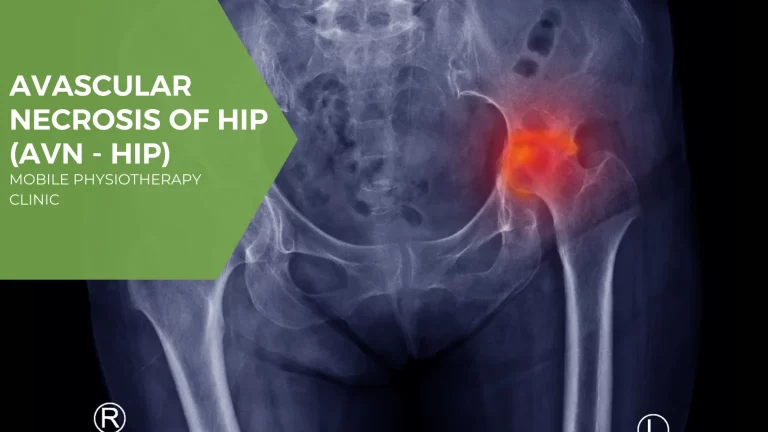Below Elbow Amputation: Definition, Indication, Multidisciplinary team, What are the responsibilities of the team, Physiotherapy treatment, Prosthesis,Complication
Definition Of Below Elbow Amputation : A below-elbow amputation of the elbow is the removal of the arm below the elbow joint. The optimal length of a below-elbow stump is 20 cm and its measured from the tip of the olecranon, with a minimum length of 7.5 cm Below-elbow amputations should preserve the maximal length…

